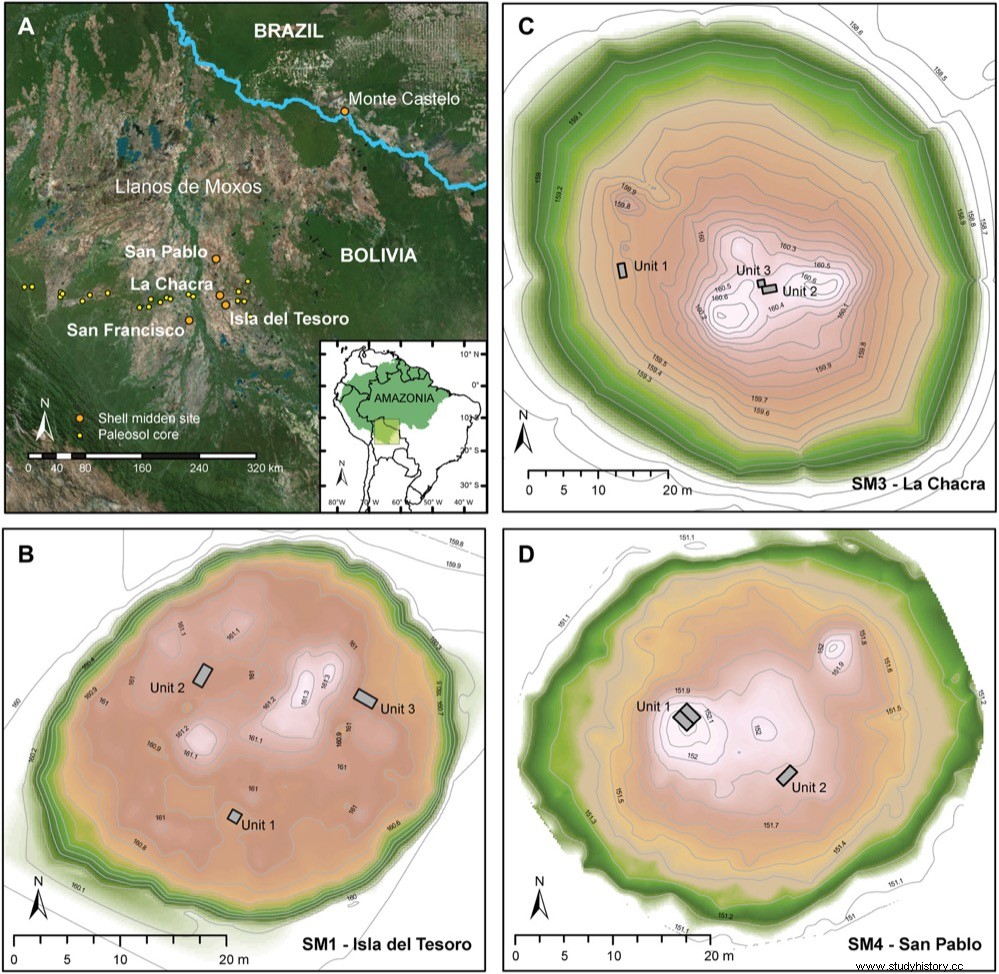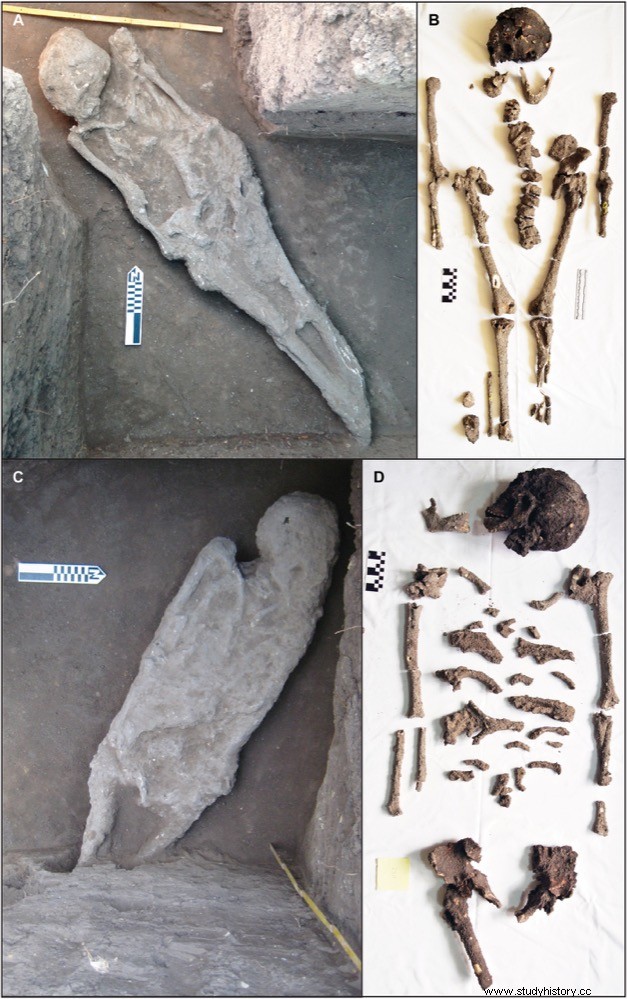Humans settled in the southwestern Amazon and even experimented with agriculture much earlier than previously thought, according to an international team of researchers.
It has long been known that complex societies arose in the Llanos de Moxos, in the southwestern Bolivian Amazon, around 2,500 years ago, but new evidence suggests that humans first settled in the region 10,000 years ago, during the first Holocene period.
Plains of Moxos, also known as Benian Plain , is an extension of 126,100 square kilometers located in the lowlands of northern Bolivia, formed by large areas of natural pastures and humid forest. Archaeological finds revealed ancient human presence, as well as remains of agricultural structures that were in use between 2500 and 1450 BC, some larger than the pyramids of Giza, which has sparked debate about how they could have been built.
According to José Capriles, adjunct professor of anthropology and one of the study's authors, these groups of people were hunter-gatherers; however, our data shows that they were beginning to deplete their local resources and establish territorial behaviors, perhaps leading them to domesticate plants such as sweet potatoes, cassava, peanuts, and chili peppers as a means of obtaining food.

The archaeological team conducted their study on three forest islands, Isla del Tesoro, La Chacra and San Pablo, within the seasonally flooded savannah of the Llanos de Moxos. These islands are elevated above the surrounding savannah so they do not flood during the rainy season and the researchers believe that people recurrently used these sites as seasonal camps for long periods when most of the Llanos de Moxos was under the water.
The team's excavations revealed human remains that had been intentionally buried in a manner different from that of typical hunter-gatherers and instead more closely resembled the behaviors of complex societies, characterized by political hierarchy and food production. The results of the study were published in Science Advances .
If they were highly mobile hunter gatherers, they would not be expected to bury their dead in specific places, but would instead leave them wherever they died , pointed out Capriles, also indicating that it is rare to find human or even archaeological remains prior to the use of fired ceramics in the region.
According to Umberto Lombardo, a scientist at the University of Bern, when researchers first published their discovery of these archaeological sites in 2013, they had to base their conclusions on indirect evidence, mostly geochemical analyses, rather than direct evidence such as artifacts.

Due to the lack of direct evidence, many archaeologists were skeptical, not believing that these forest islands were the earliest Holocene archaeological sites. The present study provides strong and definitive evidence for the anthropocentric origin of these sites, the discovery of human burials in the early Holocene.
Human remains from these forest islands were preserved despite poor conditions because they were mixed with mounds of shell fragments, animal bones, and other organic remains. Over time, the water dissolved the calcium carbonate in the shells, and those carbonates precipitated on the bones, fossilizing them.
Because the human bones were fossilized, the team couldn't date them directly using radiocarbon dating. Instead they dated the charcoal and shells as a proxy for estimating the time range that the sites were inhabited.
According to Capriles, there is a gap between the individuals his team studied who lived on the forest islands between 10,000 and 4,000 years ago and the emergence of complex societies, which began about 2,500 years ago. For this reason, the question that researchers ask themselves is whether the remains found correspond to their direct predecessors or, on the contrary, there is a rupture.
